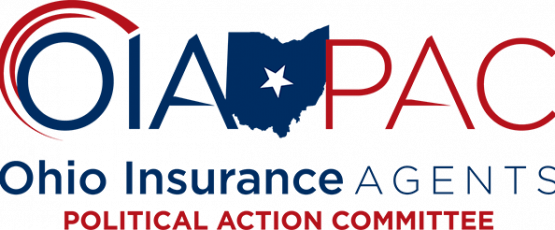On May 9, the Ohio House of Representatives passed legislation with a vote of 85-9 to create a budget for the state of Ohio for the next two fiscal years. In a significant reversal from the last several state budgets, the legislation passed by the House includes several tax changes for pass through entities that would result in a significant tax increase for OIA member agencies that are organized as a pass-through entity.
What tax changes are being proposed?
Language was added by the Ohio House of Representatives to the state budget that reduces the business income deduction (BID) from $250,000 to $100,000. This affects agencies that are set up as pass through entities, as the BID allows pass-through business owners (sole proprietors, LLPs, LLCs, S-corps, etc.) to deduct up to $250,000 of pass-through business income. The BID was first established in 2013 and finalized in 2015. It has been in place in its current form just since Tax Year 2016 and, the substantial changes contained in the budget bill were put forth quickly, unexpectedly and without input from Ohio’s impacted business community.
To make this change, the House ultimately shifted $1 billion of tax burden onto small business owners to provide a reduction in personal income tax rates. The House-proposed state budget reduces the state income tax brackets from seven to five and adds an across the board 6.6% reduction for the remaining five brackets.
However, for any small business owner that is a pass-through entity, the following changes will apply:
-
Lowering the current $250,000 pass-through entity owners can earn without paying state income tax to $100,000;
-
Eliminating the flat 3% rate for pass through entity income over $250,000, and instead taxes business income in excess of $100,000 at the same graduated rates as nonbusiness income — the reduced graduated rates would apply to the sum of a taxpayer’s business and nonbusiness income. Thus, the rate moves from 3% to either 4.294% or 4.667%.
-
Applying the changes retroactively to taxable years beginning on or after Jan. 1, 2019.
Here is a chart courtesy of the Ohio CPAs that shows what the new five graduated brackets will be:
| Ohio Taxable Income | Proposed Marginal Rate |
|---|---|
| > $22,250 < $44,400 | $309.12 plus 2.773% > $22,250 |
| > $44,400 < $88,800 | $923.34 plus 3.236% > $44,400 |
| > $88,800 < $111,100 | $2,360.12 plus 3.699% > $88,800 |
| > 111,100 < $222,200 | $3,185.00 plus 4.294% > $111,100 |
| > $222,200 | $7,955.63 plus 4.667% > $222,200 |
OIA is concerned about the negative impact these tax changes will have on agencies that are set up as pass-through entities and thus is working as part of a coalition that also includes the Ohio Chamber of Commerce, the NFIB, the CPAs and several other groups to have this language removed from the state budget. Prior to the House passing the budget, OIA signed onto a letter asking for a more comprehensive analysis and in-depth discussions with stakeholders about this proposed tax change. Despite concerns from the business community, the House passed the budget with the tax increases in place and it has now moved to the Ohio Senate for debate.
OIA members who have concerns about any of these proposed tax provisions are strongly encouraged to contact OIA’s Government Affairs Manager Carolyn Mangas and to also share your concerns about the impact of this proposal with your state senator. Click here to find your state senator.
Questions?
Please contact OIA's Government Affairs Manager,Carolyn Mangas!





